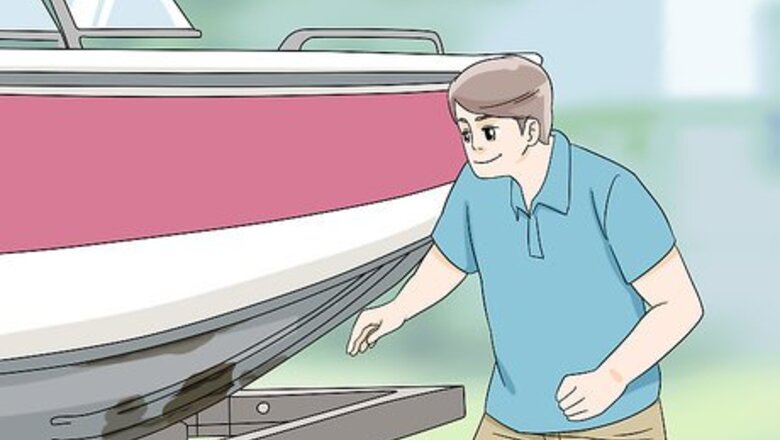
views
X
Trustworthy Source
US National Park Service
Agency responsible for the maintenance and promotion of national parks and monuments
Go to source
Prevention is the best defense against these pesky creatures, and by thoroughly inspecting and cleaning your water equipment, you can help stop their spread.
Preventing Spread and Infestation
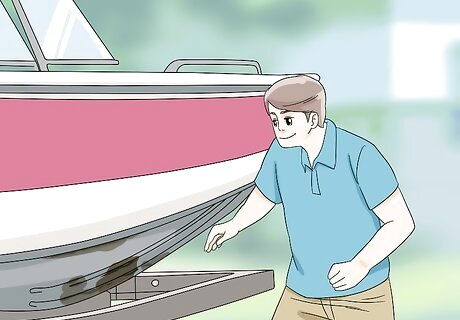
Inspect your boat and remove debris before launching into the water. Your boat should be clean and dry, and contain no mussels. It should also be free of plants, mud, and standing water as these elements could contain small mussels or larvae. Pay attention to areas like the hull, anchor, dock lines, live wells, bilge, and the motor. Be careful not to empty standing water into another body of water as this could cause contamination. Towel dry any residual wetness left on your watercraft.
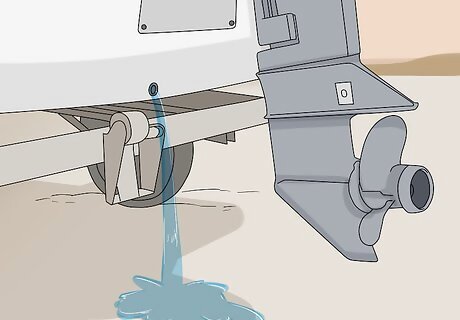
Drain all water after boating and before leaving the shore. Empty the bilge, live wells, motor, and all water-intake systems. Once you’re away from all bodies of water, do a more thorough cleaning of all areas of your watercraft that came into contact with the water.
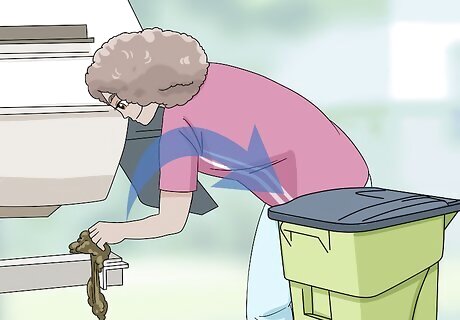
Remove visible species and plants and dispose in the trash. Never transport to or dispose in another location because this can contribute to new infestations.

Double-check problem areas to make sure you don't miss any mussels. This includes the hull, anchor, props, and dock lines. Don’t forget to check less-obvious places like the boat trailer, rollers, bunks, and wheel axles.
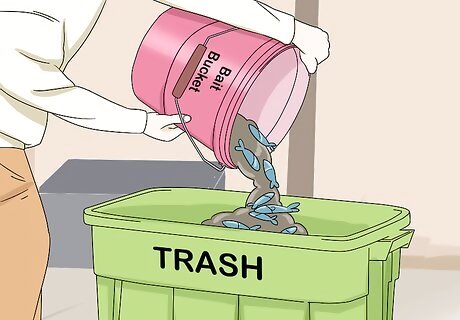
Dispose bait and empty bait buckets in an approved location. Empty all water and leftover bait onto dry land, away from the water, or in the trash. Some locations offer special bags for this purpose. Bait can carry larvae which may infect uncontaminated water. So can dipping bait buckets from place to place.
Decontaminating Infested Water Equipment

Visit a Watercraft Inspection Station to get help from a professional. A trained inspector will thoroughly check your boat and equipment and will decontaminate as necessary. Do a quick check of your state’s Fish & Wildlife Department website to confirm locations, hours, and fees associated with the inspection. Some localities perform these inspections as a courtesy, however, many states charge a fee for this service. The fee ranges from $5 to over $100, depending on the size and type of watercraft. Some states offer a yearly permit to allow for multiple inspections and/or locations.

Hose your watercraft with hot, low-pressure water to kill the mussels. If you are unable to visit an inspection station, you can decontaminate on your own. The water temperature should be at least 140 °F (60 °C). Make sure you keep the nozzle within 4 inches (10 cm) from the surface, and allow contact for at least ten seconds. Avoid using chemicals during this process. They aren’t typically effective in killing zebra mussels and may cause damage to your boat and/or water equipment.

Use a pressure washer to remove any mussels that are still attached. The pressure should be set to 3,000 - 3,500 psi. Keep the nozzle at least 16 inches (41 cm) away from the surface to avoid damage to your watercraft.

Allow your watercraft and equipment to dry completely. Thoroughly drying all internal and external parts of the watercraft is crucial. Leave doors and lids open, and towel dry any residual water. Your watercraft should dry for at least five days in the hot summer heat. This can increase up to 30 days in milder fall and spring weather and/or depending on the temperature and humidity of your location.
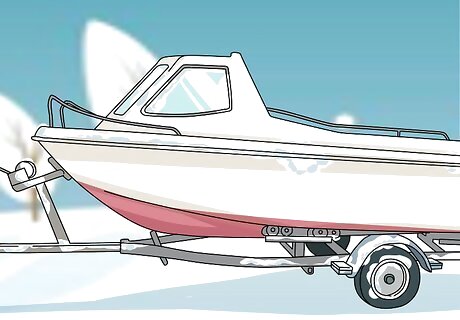
Expose watercraft to extremely cold temperatures during winter months. Alternatively, for areas with colder temperatures, storing the watercraft below 14°F for three consecutive days is also effective in killing mussels.












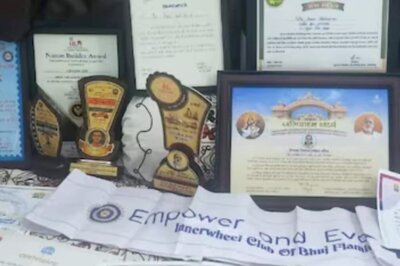


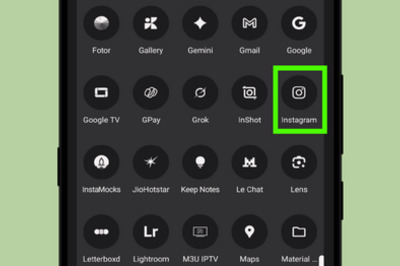



Comments
0 comment